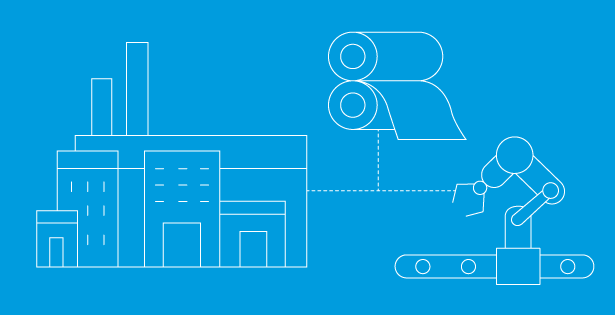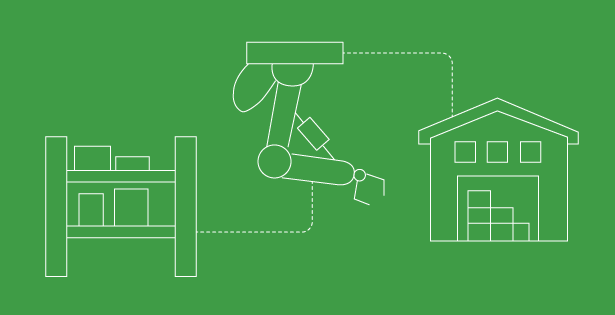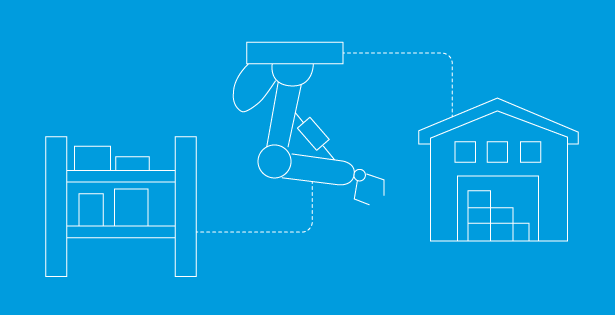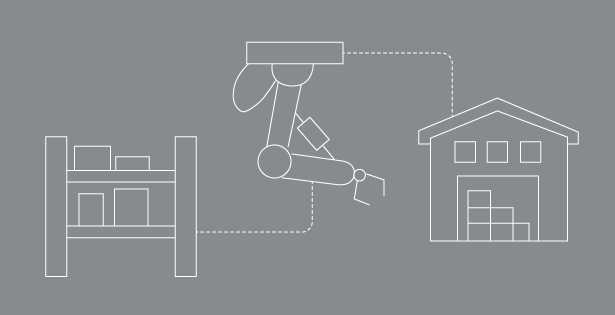Why Pricing Flexibility Matters
Pricing flexibility is more critical than ever as businesses navigate tariff increases and market volatility. NetSuite’s price levels feature offers a powerful way to stay ahead by allowing you to set and manage different prices across customer groups, regions, or product categories.
This flexibility is key for businesses dealing with rising costs, enabling them to strategically adjust pricing without disrupting their overall structure.
How NetSuite Supports Strategic Pricing
Whether you’re offering discounted rates to wholesalers, customizing pricing by region, or adjusting for tariff-related cost increases, NetSuite makes it easy to stay agile. Once your price levels are set up, updating them is fast and intuitive—allowing you to quickly respond to supply chain costs, regulatory changes, or competitive pressures while protecting your margins.
NetSuite’s pricing tools are designed for usability. The platform’s intuitive interface allows businesses to create and manage price levels with just a few clicks. You can assign customer-specific rates, implement regional pricing, or apply category-specific rules—empowering your team to tailor strategies that reflect both operational realities and customer expectations.
From standard models to complex, tariff-adjusted structures, NetSuite ensures your pricing strategy remains efficient, adaptable, and aligned with your business goals. In an environment where change is constant, the ability to strategically adjust prices becomes a true competitive advantage.
Setting Up Price Levels in NetSuite
Ready to get started? Here’s how to set up price levels:
Steps to Set Up Price Levels:
-
Navigate to the Price Level Setup Page
Go to Lists > Accounting > Items. Under the Items tab, select Price Levels. -
Create a New Price Level
Click New to define the name of your price level (e.g., “Retail,” “Wholesale,” “VIP”). Assign it to the appropriate customer group, product, or region based on your strategy. -
Define Pricing Method
Choose whether to set pricing based on a fixed amount, a percentage of the standard price, or a cost-plus method. -
Save the Price Level
Once configured, click Save. You can now apply this price level to customers or transactions.
Setting Up Customer-Specific Pricing
Sometimes, you need to offer unique pricing for individual customers. NetSuite makes this simple without impacting your broader price structures.
-
Navigate to Customer Records
Go to Lists > Relationships > Customers and open the customer’s record. -
Access the Pricing Tab
Click on the Pricing sub-tab to view available price levels. -
Select the Price Level for the Customer
Choose the appropriate price level or manually enter specific prices for products. -
Save the Changes
Click Save. Moving forward, the customer will automatically receive the customized pricing.
Setting Up Group Pricing
If you want consistent pricing across groups like wholesalers or retailers, NetSuite’s group pricing feature provides additional flexibility.
-
Navigate to Customer Groups
Go to Lists > Relationships > Groups to create or manage groups. -
Create a New Group
Click New, define the group’s name (e.g., “Wholesale Customers”), and select the customers to include. -
Assign Price Levels to the Group
In the Pricing sub-tab of the group record, select the appropriate price level. -
Save the Group
After assignment, click Save. All customers in the group will now receive the specified pricing.
Using Price Levels to Manage Tariff Adjustments
One strategic use of NetSuite price levels is managing customer-specific adjustments related to tariffs. For businesses importing goods subject to varying tariff rates, you can create distinct “Tariff-Adjusted” price levels.
Assigning these levels to affected customers or groups streamlines updates across records, ensuring consistent and accurate pricing without the need for manual adjustments.
Using Mass Updates for Efficient Changes
NetSuite’s Mass Update functionality makes it easy to adjust pricing for large numbers of customers:
-
Navigate to Lists > Mass Update > Mass Updates > General Updates > Customer.
-
Build a search targeting specific customer groups (such as regions or industries affected by tariff changes).
-
Set or update the price level field through the mass update action.
This tool eliminates the need for manual updates and ensures efficiency when implementing new pricing strategies.
Why NetSuite Price Levels Are a Competitive Advantage
NetSuite’s price level functionality provides a flexible, scalable approach to managing diverse pricing needs—from standard retail rates to complex, tariff-adjusted strategies.
By taking advantage of customer-specific pricing, group assignments, and bulk updates, businesses can maintain accuracy, respond swiftly to market changes, and drive customer satisfaction and profitability.
With the right setup, price levels become a key component of a strong, adaptable pricing strategy.
Check out our recent blog on Landed Cost Functionality to help manage tariffs.
Need help determining the best approach to manage tariffs?
Reach out to our team to explore how NetSuite can streamline your operations and enhance your financial visibility by filling out the form below. To explore our full range of industrial services, click here.

 RSMUS.com
RSMUS.com




